San Girolamo in the study
Oil on canvas, cm 112 x 112
With frame, cm 132 x 132
The Saint Jerome in the study that we find before us is a work attributable to the second half of the seventeenth century with clear ancestry from the Nordic culture: the descriptivism present in the objects surrounding the saint, such as the scriptures he is consulting, The glasses, the skull, the letters and the various ornaments scattered around the room fit perfectly into the lenticular narrative that finds in the Flemish masters a quick connection. In the second place, however, it should be revealed how the figure of Saint Jerome is rendered with a naturalistic tone of almost prosaic verosimility, in anatomical details, in the face marked by age, in the details of the white beard that covers the face and in the same ecstatic but fatigued expression. This so declared realism belongs more to the language of the painters of northern Italy, especially lombards, as for example Pietro Bellotto (Volciano, 1625 - Gargnano, 1700), an artist of Brescia origin who worked throughout Europe and who took the entire lesson of Jusepe de Ribera (1591-1652); a counterpart of extreme naturalism and similar pagination can be found in the Socrate del Bellotto in private collection or in the old Esone of the canvas preserved in Rovigo. Surely the artist could be one of the Flemings who came to Italy during the seventeenth century, such as Hendrick van Somer, direct student of the Ribera whose San Gerolamo of Palazzo Barberini finds the same care in the details of our writings. Another not negligible component is that of the dark background illuminated in the foreground by a light that cuts the composition in the manner of Caravaggio.









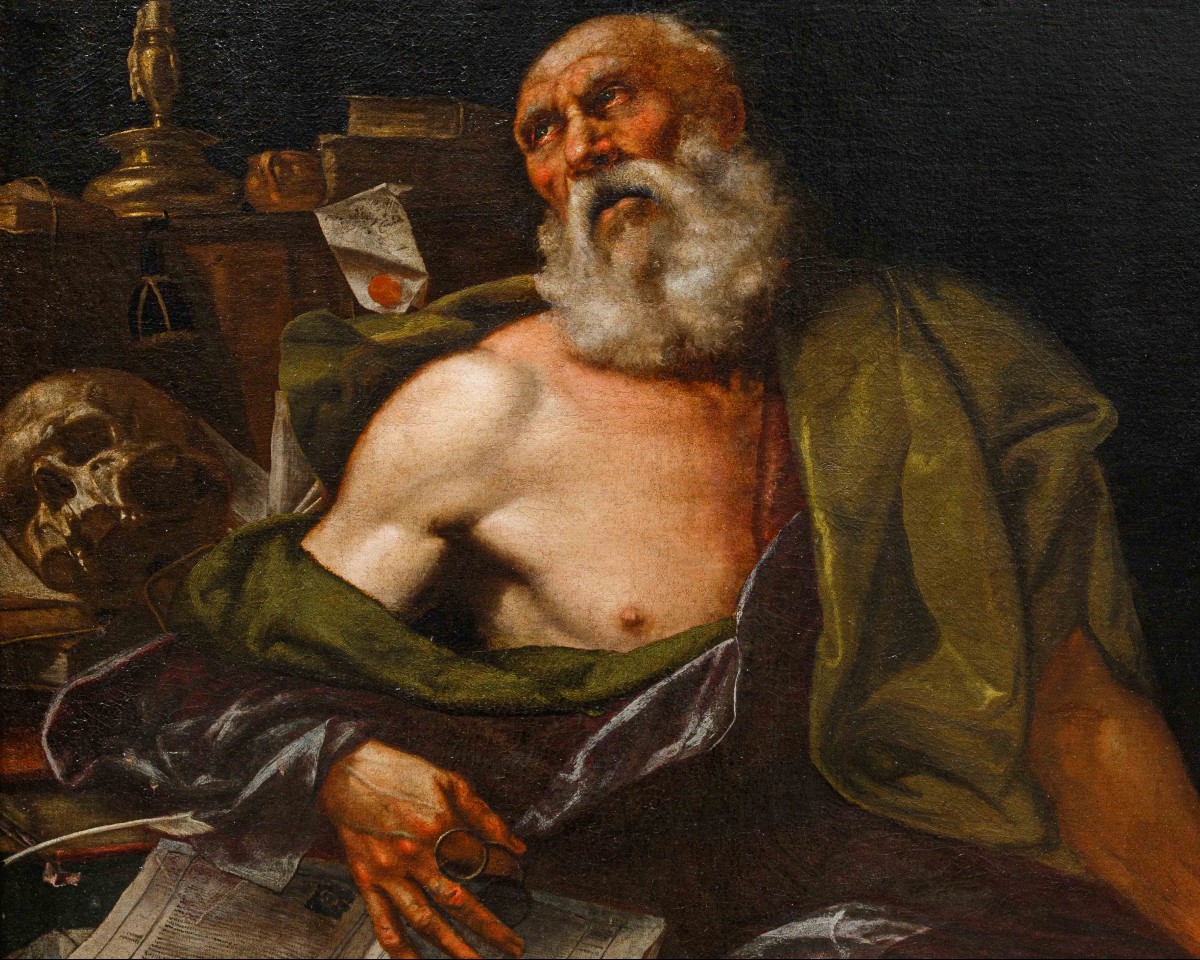


















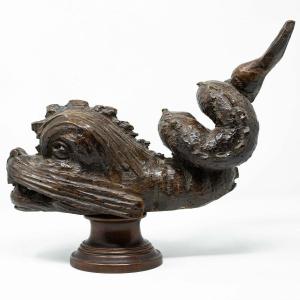
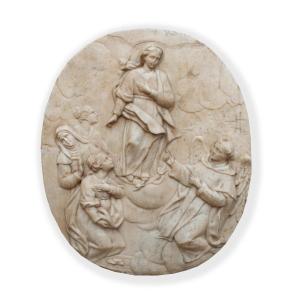






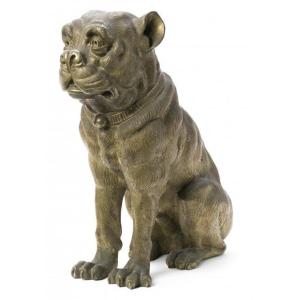







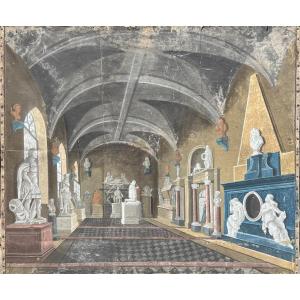





 Le Magazine de PROANTIC
Le Magazine de PROANTIC TRÉSORS Magazine
TRÉSORS Magazine Rivista Artiquariato
Rivista Artiquariato